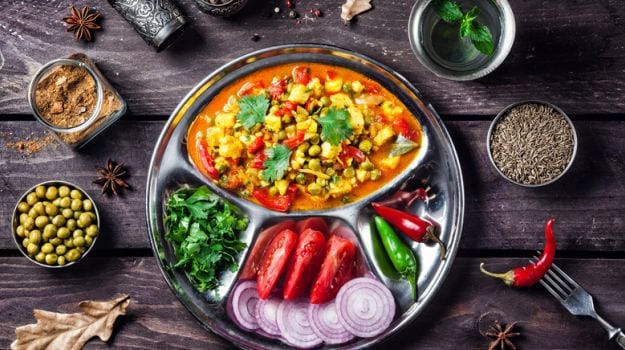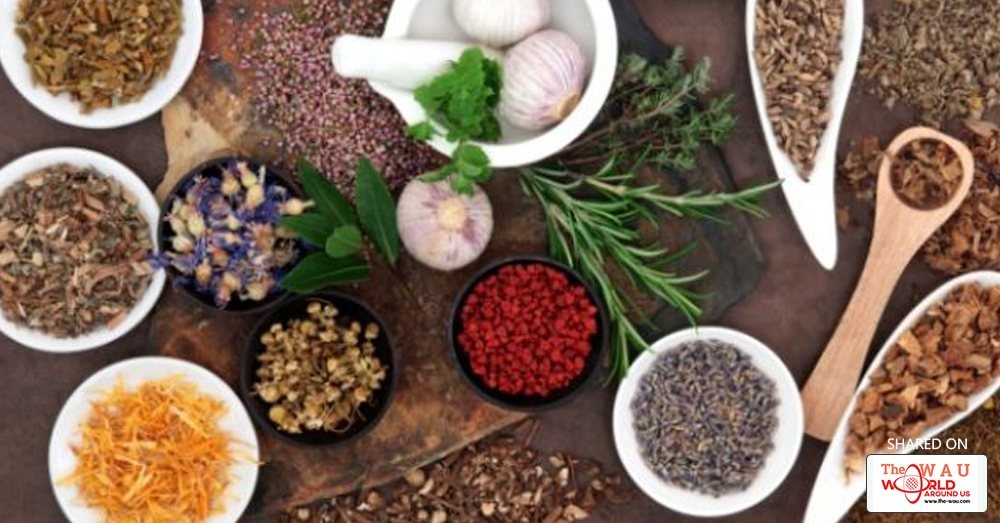The healing power of ayurveda is impeccable. Often referred to as the "science of life", Ayurveda aims to achieve holistic development, including the mind, body and soul of any individual who abides by this age old practice. Optimistic thinking, regular exercise and the yogic techniques of meditation and breathing may take you places and keep your body calm and balanced. However, the kind of food we consume has a great impact on our health and well being. Our diet plays such a significant role in our life that we often have the power to heal ourselves with the right kind of food. According to the science of Ayurveda, food can be classified into 'hot' and 'cold' and consuming it based on this dichotomy enhances its effect on your body.
What does hot and cold food mean?
One could think of the meaning in two ways. Firstly, based on the physical temperature of the food product. Secondly and more importantly, from the Ayurvedic perspective, hot and cold foods are based on the internal nature of the food product which would have diverse effects on the three kinds of body types (vata, pitta and kapha) as classified in ayurveda. This classification of food as hot and cold or its innate characteristics is referred to as "Virya".
Simply put, Ayurveda tries to assess whether a particular food item has a cooling or a heating effect inside our body which in turn has an impact on our metabolism and digestion. It is essential to note that, consuming foods without considering one's body type and ignoring this distinction between hot and cold could have adverse effects on our health and make us more susceptible to diseases. Thus, Ayurveda suggests that we must delve deeper into this categorization.

Focusing on the external temperature of the food, freshly cooked food like dal, for instance, may be misconstrued to be classified as "hot" and frozen ice-cream as "cold", however, in Ayurvedic terms, ice cream actually occupies a place in the "hot" food category. Sounds ironic, doesn't it? Thus, it can be gathered that there is no direct correlation between the physical temperature of a particular food item and its internal nature.
The most commonly consumed hot foods, as per Ayurveda, include onions, black pepper, garlic, ginger and spicy foods. Under the category of cold foods, come fruits like bananas and apples and dairy products like milk and yogurt. According to BN Sinha, Ayurvedic Expert, "The nature of the body type plays a major role in guiding us about the kind of food we should be eating. In case one consumes excess of hot foods, the amount of heat the body produces increases. It also causes a burning sensation and the pitta dosha increases. This can lead to trouble in our digestive system, lose motions, skin rashes and even boils."
What about cold food? "Delayed digestion and frequent bouts of flu, cough and fever may be caused due to excess consumption of cold foods," he shares.
Share This Post















